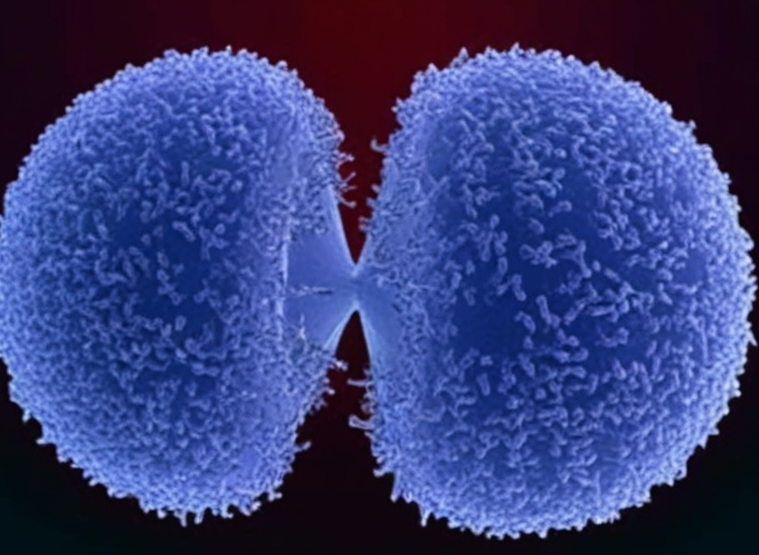
Hepatocyte Model Showdown: Why Choose AML12 Over HepG2 or Huh7?
Introduction
In liver biology, metabolic disease, and drug toxicology research, AML12, HepG2, and Huh7 are three of the most commonly used and extensively validated in vitro cell models. However, they fundamentally differ in their species of origin, genetic background, and biological functions. Using these cell lines interchangeably without careful consideration can lead to skewed or even misleading experimental results. Therefore, a thorough understanding of the core distinctions among these three cell lines is the first step toward ensuring the scientific validity and reliability of one's research.
Species of Origin and Transformation Status
This is the most essential difference between the cell lines, and it directly dictates their most appropriate research applications.
AML12: Murine Origin, Non-Transformed
The AML12 (Alpha Mouse Liver 12) cell line was derived from the liver of a transgenic mouse (strain CD-1) that expresses human transforming growth factor-α (TGF-α). TGF-α is a potent mitogen for hepatocytes, which allowed these cells to be stably immortalized for proliferation in vitro. Critically, however, they have not undergone malignant transformation. AML12 cells retain many characteristics of normal hepatocytes, such as forming a tight, epithelial-like monolayer, expressing albumin, and maintaining a normal diploid karyotype. Consequently, AML12 is the ideal model for simulating normal liver physiology, metabolic processes (like fatty acid metabolism), and the toxicological response of normal hepatocytes to drugs.
HepG2 / Huh7: Human Origin, Hepatocellular Carcinoma
In stark contrast to AML12, both HepG2 and Huh7 are derived from human hepatocellular carcinomas. They are malignant tumor cells whose genomes and signaling pathways have been significantly altered to support unlimited proliferation and tumor growth. For instance, their cell cycle regulation is dysregulated, and their sensitivity to apoptosis is reduced. Therefore, HepG2 and Huh7 are specialized models for studying liver cancer biology. They are suitable for investigating the signaling pathways that drive hepatocarcinogenesis (e.g., Wnt, MAPK pathways), screening for anti-cancer drugs that can specifically kill cancer cells, and researching mechanisms of drug resistance in liver cancer.
Focused on liver cancer research? Our HepG2 cells are the classic human carcinoma model and the standard tool for exploring cancer signaling pathways. Click to check>>
Metabolic Function (Especially Drug Metabolism)
The liver is the body's primary organ for drug metabolism, a function largely carried out by the cytochrome P450 (CYP) enzyme family. A cell model's value in pharmacology and toxicology is critically dependent on its ability to accurately mimic this metabolic activity.
AML12: More Physiologically Relevant Metabolic Activity
Due to its non-transformed nature, the AML12 cell line retains a drug-metabolizing enzyme profile and activity level that more closely resembles that of normal mouse hepatocytes. While species differences still exist, its CYP enzyme system is relatively intact and capable of performing effective Phase I and Phase II metabolism for many drugs. This makes AML12 a more predictive model than liver cancer cell lines for the preclinical assessment of drug-induced liver injury (DILI). It can better simulate how a drug is converted into toxic or non-toxic metabolites in a normal liver.
Don't let cancer cells mislead your hepatotoxicity assessment. Choose AML12 for its more physiologically relevant metabolic function, providing more reliable DILI data. Learn more>>
HepG2 / Huh7: Altered or Reduced Metabolic Activity
As cancer cells, the metabolic patterns of HepG2 and Huh7 have deviated significantly from normal hepatocytes. In particular, their expression levels of CYP enzymes are often very low or completely absent, leading to very limited drug metabolism capabilities. If these cells are used to assess the hepatotoxicity of a new drug, one might obtain a "false-negative" result because the drug is not being converted into its truly toxic form, thus underestimating its potential risk in humans. They are therefore not suitable for predicting drug metabolism in a normal liver.
| Scientific Goal | Primary Choice | Rationale |
|---|---|---|
| Liver Cancer Signaling Pathways | HepG2 / Huh7 | Human cancer origin with aberrant pathways |
| Screening for Anti-Cancer Drugs | HepG2 / Huh7 | Direct therapeutic target for cancer |
| Modeling NAFLD (Fatty Liver Disease) | AML12 | Non-transformed; mimics lipid dysregulation in normal cells |
| Assessing Drug-Induced Liver Injury (DILI) | AML12 | More physiologically relevant metabolism; better prediction |
| Studying Normal Liver Physiology/Metabolism | AML12 | The closest immortalized model to normal hepatocytes |
Conclusion
In summary, the choice between AML12, HepG2, or Huh7 is not a matter of which is "better," but rather which is scientifically "more appropriate." Researchers must first clearly define their core scientific question: "Am I studying a 'normal' liver or a 'cancerous' liver?" If your research focuses on normal physiological processes, metabolic diseases like fatty liver, or the toxicity of drugs on normal tissue, the non-transformed AML12 is your primary choice. Conversely, if your goal is to unravel the mysteries of liver cancer or to find new ways to kill cancer cells, then the human carcinoma-derived HepG2 or Huh7 are the correct tools for the job.
References
[1]Wu, J. C., et al. (1994). Establishment and characterization of alpha mouse liver 12 cell line. Hepatology, 20(5), 1297–1305.
[2]Aden, D. P., et al. (1979). Controlled synthesis of HBsAg in a differentiated human liver carcinoma-derived cell line. Nature, 282(5739), 615–616.
[3]Gerets, H. H., et al. (2012). Characterization of primary human hepatocytes, HepG2 cells, and HepaRG cells at the mRNA level and after classification to predict in vivo toxicity. Cell Biology and Toxicology, 28(2), 69–87.
[4]Donato, M. T., et al. (2015). In vitro cell models for drug discovery and toxicity studies. Journal of Pharmaceutical Sciences, 104(11), 3617-3650.

